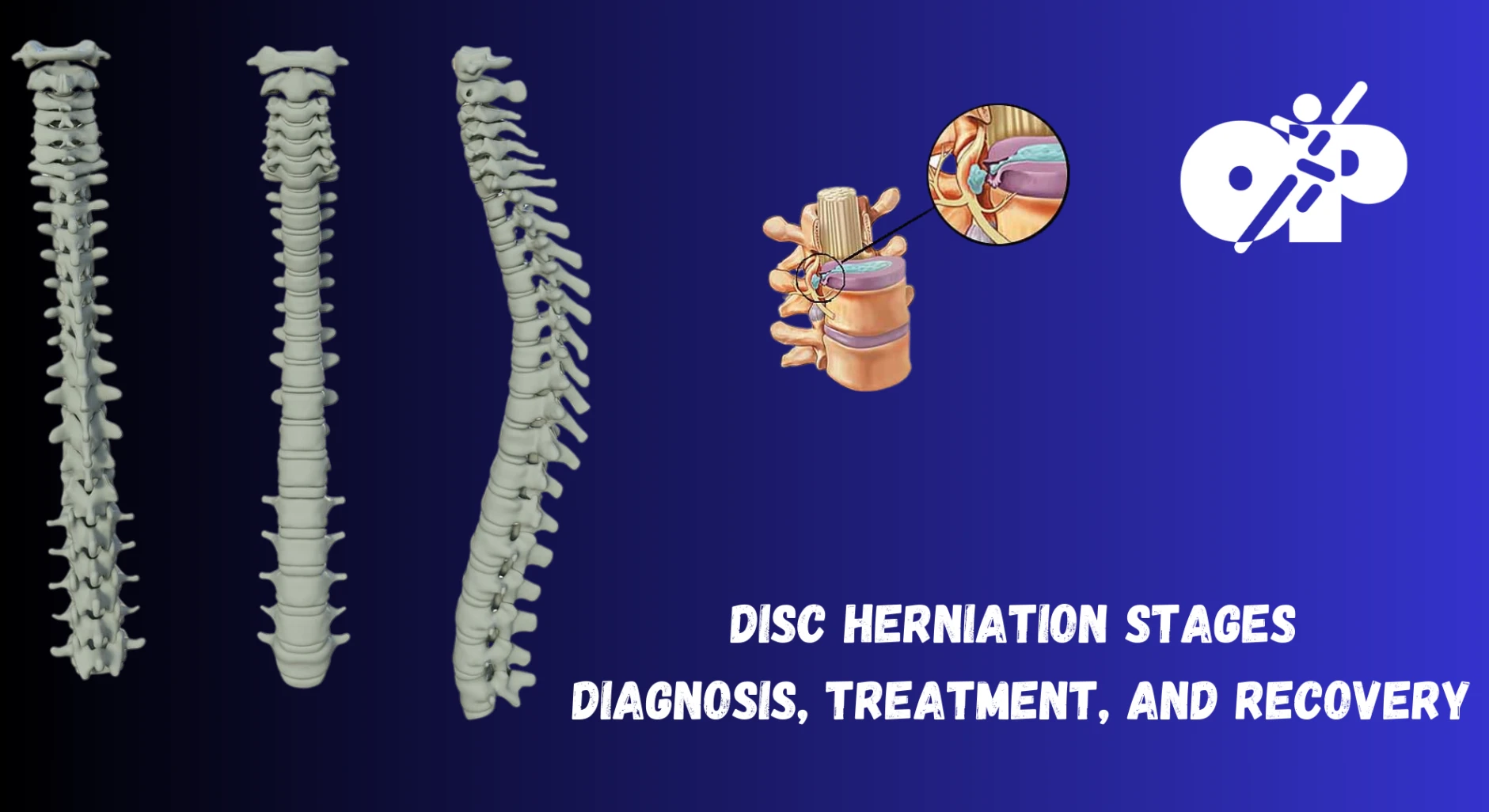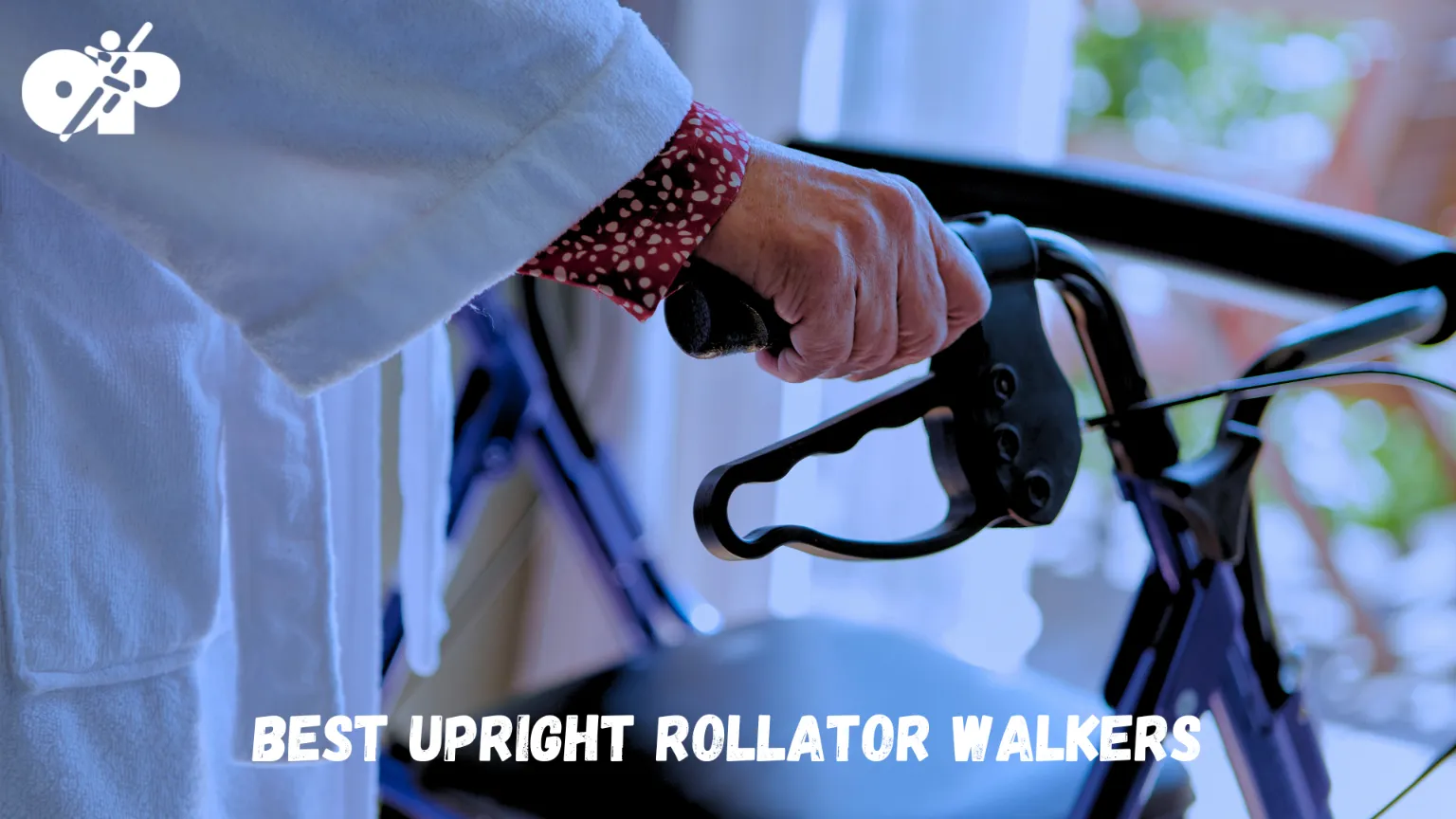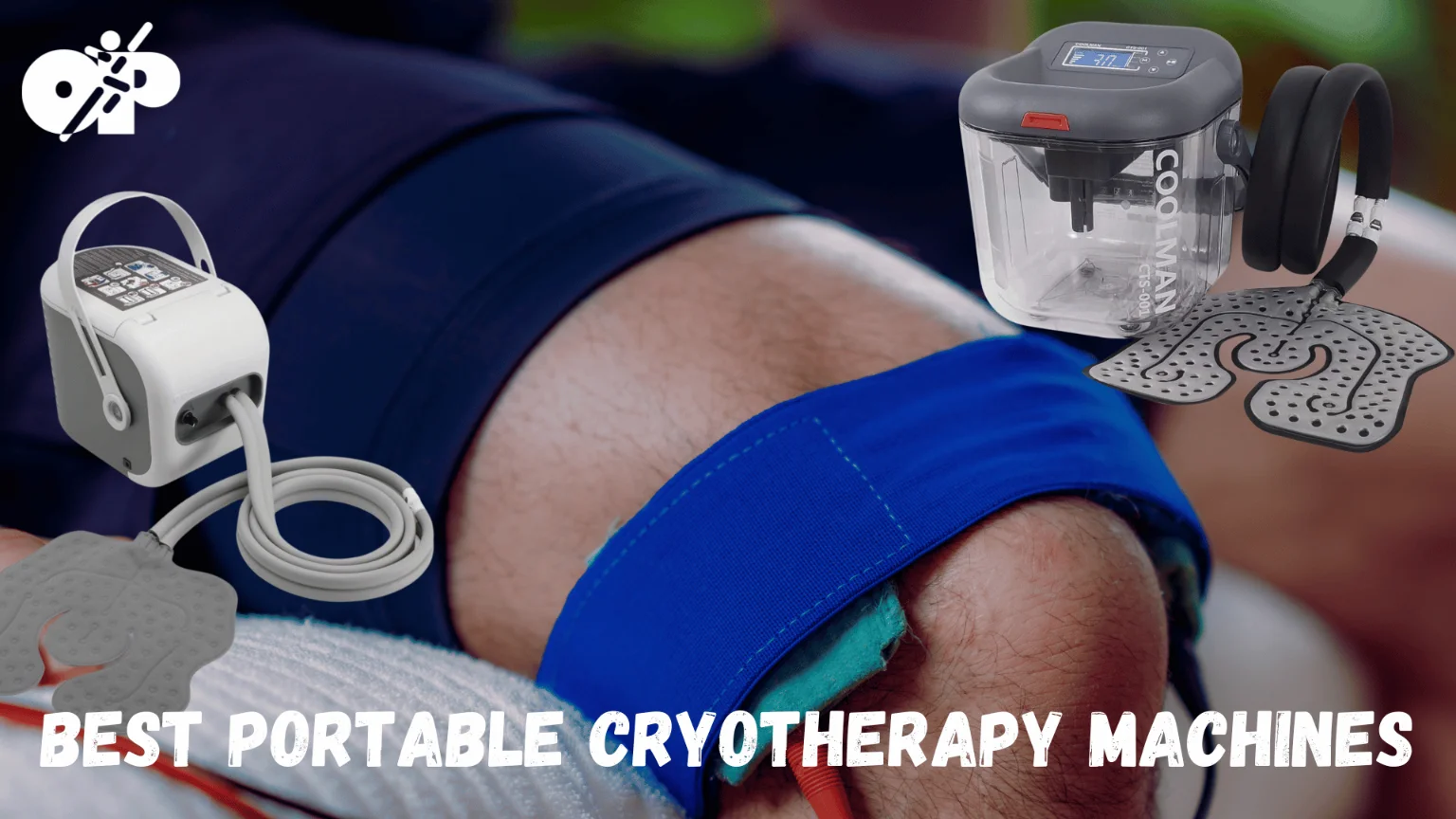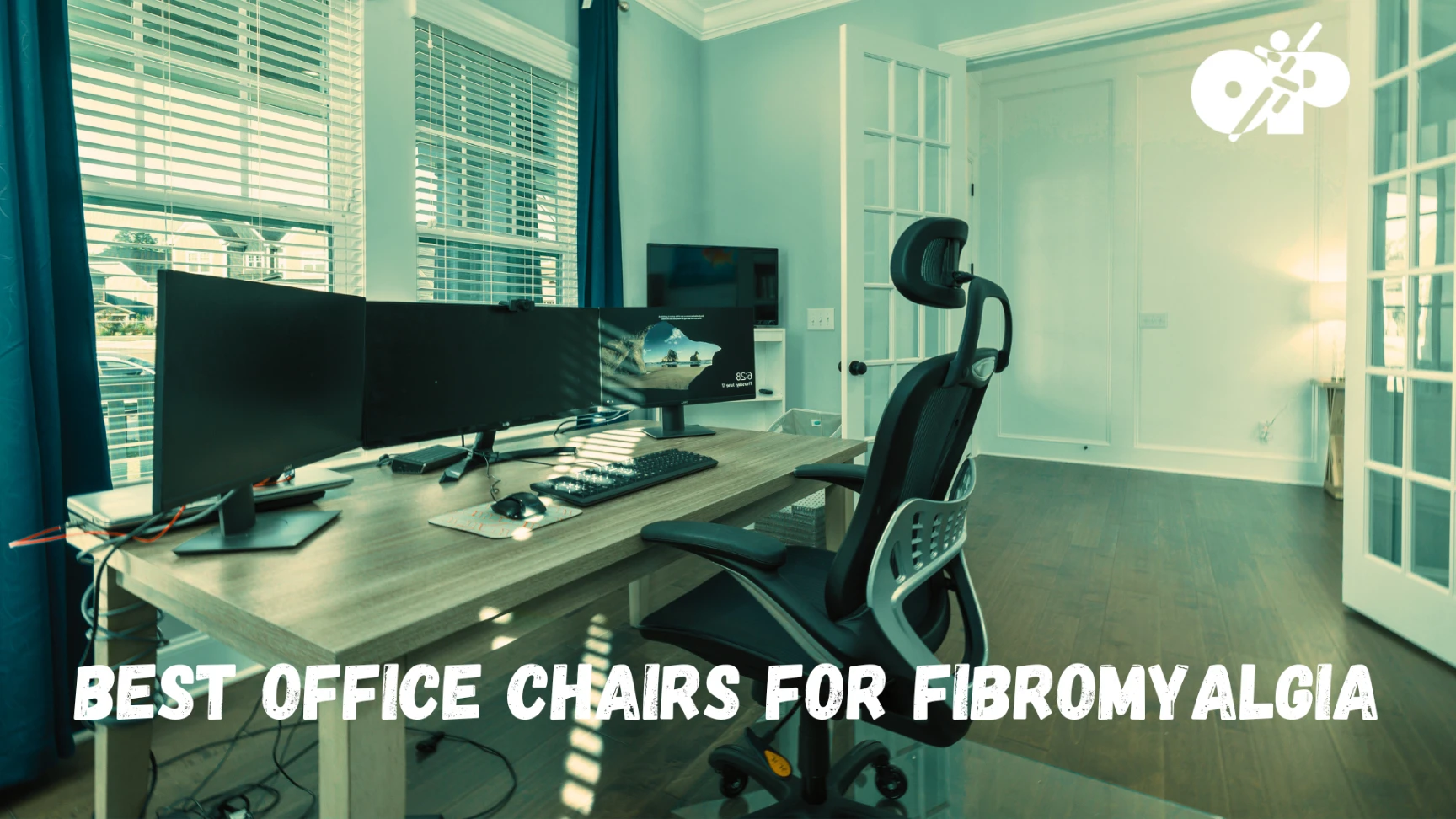A disc herniation, commonly referred to as a slipped or ruptured disc, occurs when the inner core of an intervertebral disc bulges or leaks out through the outer layer of ligaments that surround the disc. This condition can lead to nerve compression, causing pain, numbness, and weakness in the neck, back, or extremities. Understanding disc herniation is essential, given that it is a common cause of back and neck pain, affecting millions of people worldwide and significantly impacting their quality of life.
The spinal column is a complex structure composed of a series of bones (vertebrae) stacked onto each other. Between each of these vertebrae are intervertebral discs, which act as cushions, absorbing shocks and allowing for flexibility of the spine. The health of these discs is pivotal for maintaining spinal function and overall mobility. Recognizing the importance of understanding the various stages of disc herniation is vital, as early detection can significantly influence the course of treatment and recovery. This article aims to provide a comprehensive overview of disc herniation, its stages, causes, risk factors, and current treatment options, empowering readers to take informed steps towards managing their spinal health.
Anatomy and Physiology of Intervertebral Discs
Intervertebral discs are the shock-absorbing cushions situated between the vertebrae, the bones that make up the spinal column. These discs have a complex structure, consisting of a tough outer ring known as the annulus fibrosus and a soft, gel-like center called the nucleus pulposus. The annulus fibrosus is composed of several layers of fibrocartilage, which encase the nucleus pulposus, providing strength and stability to the spine while permitting motion between the vertebrae.
The primary functions of intervertebral discs include supporting the spinal column, absorbing and distributing forces during activities such as lifting, bending, and twisting, and allowing for movement between the vertebrae. As the discs play such a crucial role in spinal health, their condition significantly impacts a person’s overall well-being and mobility. With aging, these discs undergo a natural process of degeneration, losing hydration and elasticity. This degeneration makes the discs more susceptible to damage, setting the stage for potential issues such as disc herniation.
Causes and Risk Factors of Disc Herniation
Mechanical stress is a leading cause of disc herniation. Repetitive heavy lifting, poor posture, and activities that place significant strain on the spine can contribute to the weakening of the annulus fibrosus, making it more susceptible to tearing. When this happens, the nucleus pulposus may protrude, or herniate, through these tears, potentially compressing nearby nerves and causing pain.
Apart from mechanical stress, genetic predisposition also plays a role in the development of disc herniation. Research indicates that some individuals may be genetically more prone to disc degeneration and herniation. Lifestyle factors, such as obesity, smoking, and sedentary or physically demanding occupations, further contribute to the risk.
Previous injuries or surgeries to the spine can also weaken the intervertebral discs, making them more vulnerable to herniation.
Disc Degeneration
Disc degeneration is the initial stage of disc herniation, where the intervertebral discs start to lose their integrity. This is primarily due to the loss of water content in the nucleus pulposus, which makes the disc less effective as a cushion between the vertebrae. As the disc degenerates, it may cause the spine to lose stability, which could result in pain and limited mobility, although many individuals with disc degeneration experience no symptoms at all.
Why disc degeneration happens can be attributed to various factors, including aging, genetics, and repetitive mechanical stress on the spine. Treatment options at this stage are usually conservative and aim to relieve pain and improve function. They may include physical therapy, medications for pain relief, and lifestyle modifications such as weight loss and regular exercise. The prognosis for this stage is generally good when managed effectively.
Disc Protrusion (Bulging)
In the stage of disc protrusion, or bulging, the annulus fibrosus remains intact, but the shape of the disc changes. This means that the soft nucleus pulposus is pushing against the tougher annulus fibrosus, causing the disc to bulge outward. While a bulging disc may not always be painful, it can become a problem if it starts to compress the adjacent nerves or spinal cord.
The bulging of a disc generally results from continued disc degeneration, combined with added pressure or strain on the spine. Treatment options for a protruding disc are usually conservative at first, including physical therapy, medications, and possibly spinal injections. Surgical intervention may be considered if conservative treatments are ineffective. The prognosis can vary, but many patients improve with appropriate treatment.
Disc Extrusion
Disc extrusion occurs when the nucleus pulposus breaks through the annulus fibrosus but remains within the outermost layers of the disc. This stage is more severe and is likely to cause noticeable symptoms, such as sharp, radiating pain, numbness, and weakness in the limbs due to nerve compression.
Disc extrusion typically occurs as a result of significant stress or injury to an already weakened or degenerated disc. Treatment options include both conservative approaches, such as medications and physical therapy, and more invasive options like surgical intervention, depending on the severity of the symptoms and the patient’s overall health. The prognosis for disc extrusion varies and largely depends on the response to treatment.
Disc Sequestration
In the stage of disc sequestration, the most severe stage of disc herniation, the nucleus pulposus completely breaks through the annulus fibrosus and extends outside the disc. This can lead to significant nerve compression and severe, radiating pain. In some cases, it might result in loss of motor function, known as myelopathy.
Disc sequestration typically occurs due to acute or chronic stress on a degenerated disc, leading to rupture of the annulus fibrosus. Immediate and aggressive treatment is often required, which may include surgical intervention to remove the extruded disc material and decompress the affected nerve. The prognosis for disc sequestration varies; timely and appropriate treatment can significantly impact recovery.
Diagnosis of Disc Herniation
The diagnosis of disc herniation begins with a thorough clinical examination. During this examination, a healthcare professional reviews the patient’s medical history and performs a physical examination. Specific movements and tests may be employed to assess the spine’s range of motion, muscle strength, and the location of pain. Reflexes may be checked, and the patient might be asked to walk, bend, or stretch to observe posture and movement. Additionally, the healthcare professional may ask about the nature of the pain, its location, and any other accompanying symptoms, as well as factors that worsen or relieve the pain.
To confirm the diagnosis and assess the severity of the disc herniation, imaging studies are typically ordered. Magnetic Resonance Imaging (MRI) is often the most valuable tool in this regard, as it provides detailed images of the spinal structures and can clearly depict herniated discs and nerve compression. Computed Tomography (CT) scans and X-rays can also be useful, particularly in visualizing bone structures and assessing spinal alignment.
Other diagnostic tests might include an Electromyogram (EMG), which evaluates the electrical activity of muscles, and a Myelogram, which uses contrast dye and X-rays to look at the spinal canal and nerve roots.
Treatment Options for Disc Herniation
Conservative treatments are generally the first line of management for disc herniation. Physical therapy, which involves a set of exercises and stretches under the guidance of a trained therapist, is often beneficial. It aims to improve spinal mobility, strengthen the muscles that support the spine, and reduce pain. Medications, including anti-inflammatory drugs, muscle relaxants, and pain relievers, are commonly prescribed to help manage pain and inflammation. For patients with severe, persistent pain, epidural steroid injections may be considered. These injections can significantly reduce inflammation around the herniated disc and compressed nerves, providing temporary but often substantial relief.
When conservative treatments do not lead to improvement, surgical options may be considered. Microdiscectomy is a common surgical procedure where the portion of the herniated disc that is compressing the nerve is removed. Laminectomy involves removing part of the vertebral bone called the lamina to create more space for the nerves. Spinal fusion is a more extensive procedure in which two or more vertebrae are permanently connected. Alternative treatments, such as chiropractic care and acupuncture, are also sought by some patients. Emerging treatments, like stem cell therapy and regenerative medicine, are under research and hold promise. Decision-making in treatment involves considering the severity of the condition, the patient’s overall health, and the risks and benefits of each option.
Rehabilitation and Recovery
Physical Rehabilitation
Following treatment for a disc herniation, physical rehabilitation is often a critical component of the recovery process. This typically involves a structured program designed by a physical therapist that aims to restore strength, improve flexibility, and enhance function. Early in the rehabilitation process, the focus may be on managing pain and inflammation through modalities such as heat, ice, and electrical stimulation. As the patient progresses, the therapist introduces exercises that target core strength, spinal stability, and overall conditioning.
Physical rehabilitation is designed to be progressive, with patients gradually advancing to more challenging exercises as their condition improves. The ultimate goal is to enable patients to return to their normal activities and prevent future episodes of back pain. To achieve this, patients often need to continue exercises at home, which become a regular part of their lifestyle.
Pain Management
Managing pain effectively is a vital aspect of rehabilitation and recovery. Initially, this may involve the use of medications such as NSAIDs, analgesics, or muscle relaxants. For those with persistent or severe pain, more potent options, like opioids or nerve pain medications, may be prescribed on a short-term basis.
In addition to medications, various techniques can be employed to help manage pain. This includes physical therapy modalities (e.g., heat, cold, ultrasound, electrical stimulation), psychological methods (e.g., cognitive-behavioral therapy), and alternative approaches like acupuncture or chiropractic care. The goal is to reduce reliance on medications and employ a multidisciplinary approach to control pain effectively.
Lifestyle Modifications
For long-term recovery and prevention of further disc issues, lifestyle modifications are often necessary. This could include weight management, as excessive weight places additional stress on the spine. Regular, low-impact exercise such as walking, swimming, or cycling is often recommended to keep the spine and surrounding muscles strong and flexible.
Nutrition is another critical component of lifestyle modification. A diet rich in anti-inflammatory foods, such as fruits, vegetables, lean proteins, and healthy fats (e.g., from fish and nuts), can help manage inflammation and promote overall health. Quitting smoking is also imperative, as smoking is known to contribute to disc degeneration and impede healing.
Psychological Aspects of Recovery
Coping with chronic pain and the limitations of a herniated disc can take a significant toll on mental health. Psychological support, often in the form of psychotherapy or counseling, can be an essential part of rehabilitation and recovery. Cognitive Behavioral Therapy (CBT), for instance, has been shown to be effective in helping patients manage pain and improve their functioning.
Additionally, relaxation and mindfulness techniques, such as meditation, deep breathing, and progressive muscle relaxation, can help patients reduce stress and improve their perception of pain. These strategies, often taught by psychologists or other mental health professionals, can be valuable tools for patients as they navigate the challenges of recovery from a herniated disc.
Complications and Long-Term Management
Potential Complications of Disc Herniation and Its Treatment
While many patients with disc herniation recover successfully with appropriate treatment, there can be potential complications. For instance, untreated or severe disc herniation may lead to chronic pain, permanent nerve damage, or loss of sensation and muscle strength, referred to as cauda equina syndrome, which is a medical emergency. Surgical interventions, while often successful, carry their own risks, such as infection, bleeding, or a reaction to anesthesia.
In some cases, patients may experience re-herniation of the same disc, even after surgical treatment. This occurs when the disc that was previously treated herniates again, pressing on the nerves and causing similar symptoms to reappear. While re-herniation is relatively rare, it is a significant concern and can be challenging to manage.
Chronic Pain Management
Managing chronic pain associated with disc herniation is a complex and ongoing process. It often involves a combination of pharmacologic treatments, such as long-term use of anti-inflammatory drugs, and non-pharmacologic approaches, including physical therapy, exercise, and alternative treatments like acupuncture or chiropractic care.
A multidisciplinary approach is often the most effective strategy for managing chronic pain. This may involve regular consultations with a team of healthcare professionals, including a pain specialist, physical therapist, and mental health expert.
The goal is to create a comprehensive and individualized plan that helps patients manage their pain and maintain as much function as possible, while minimizing the use of opioid medications and avoiding potential side effects.
Preventative Measures for Future Issues
Preventative measures are vital in the long-term management of spinal health after a disc herniation. Regular exercise that focuses on core strengthening and spinal stability is often recommended. Maintaining a healthy weight to reduce stress on the spine is also critical.
In addition to physical health, ergonomics plays a crucial role in prevention. This includes optimizing the work environment, such as the setup of a computer workstation, to promote a healthy posture. Regular breaks from prolonged sitting or standing, as well as learning and practicing proper lifting techniques, can also significantly reduce the risk of future spinal issues.
Now, let’s proceed to the ‘Case Studies or Patient Stories’ section:
Case Studies or Patient Stories
Consider John, a 45-year-old computer programmer who began experiencing low back pain and numbness in his right leg. After an MRI confirmed a herniated disc at L5-S1, he engaged in a comprehensive physical therapy program and took prescribed NSAIDs. Over several months, his pain significantly decreased, and he was able to return to his recreational activities and work without discomfort.
On the other hand, meet Maria, a 60-year-old retiree with a history of chronic low back pain. An MRI revealed multiple levels of disc herniation. After failing to improve with conservative treatments, Maria underwent a successful laminectomy that alleviated the pressure on her spinal nerves. She participates in regular physical therapy and swimming to maintain her spinal health and mobility.
Disc Herniation Stages – Conclusion
In the journey towards understanding and managing disc herniation, it is evident that this condition is far from a simple back pain issue. From the intricacies of spinal anatomy to the complexity of treatment options and rehabilitation efforts, managing disc herniation requires an integrative and patient-centered approach. The significance of early recognition cannot be overstated. Prompt and accurate diagnosis, often utilizing advanced imaging studies, lays the foundation for effective treatment, whether that is conservative management through physical therapy and medications or surgical intervention for more severe cases. Regardless of the treatment path chosen, patient education and engagement in the recovery process are paramount, highlighting the importance of a strong patient-healthcare professional relationship.
As medicine continues to advance, new and promising treatments for disc herniation are emerging, including novel surgical techniques and the burgeoning field of regenerative medicine. These developments bring hope for even more effective strategies to manage and perhaps even prevent disc herniation and the associated pain and disability. It is paramount that individuals suffering from back pain consult with healthcare professionals who are abreast of the latest research and clinical guidelines. Only then can patients make informed decisions, actively participate in their care, and optimally manage and recover from disc herniation.





